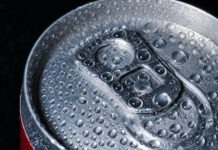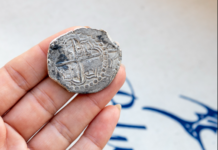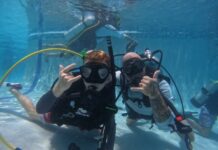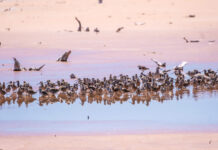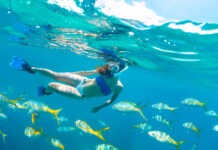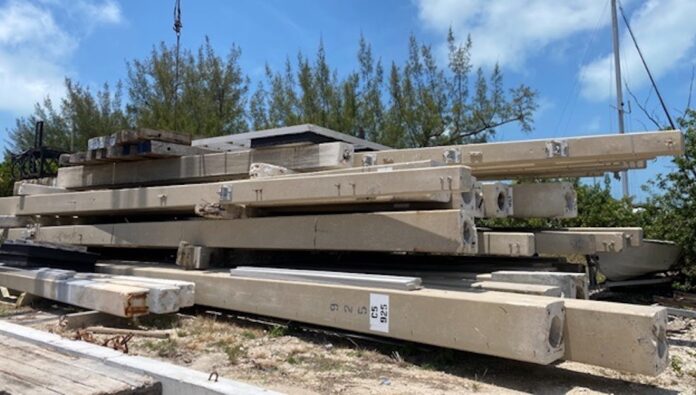
The Florida Keys are on the doorstep of the first in a new series of state-funded artificial reefs, according to a presentation from county Artificial Reefs Program Director Hanna Koch to the Florida Keys National Marine Sanctuary Advisory Council on Oct. 15.
As expected, the project is set to use 37 decommissioned concrete power poles donated by the Florida Keys Electric Co-op in the summer of 2023, along with an additional eight poles acquired by the Monroe County Land Steward, deployed to three unique areas as clusters of nine patch reefs in 40 feet of water.
Referred to as the gulfside 10 Mile Reef for its location 10 miles offshore from the Lower Keys, the new sites are designed as the first in a proposed Gulfside Network, with sites between 5 and 15 miles offshore in 40 to 60 feet of water outside the current FKNMS boundary. The poles will be stacked in different configurations to create different sizes of structures with varying vertical relief from the sea floor, with additional structures added over time to increase habitat diversity.
The placement will mark the first artificial reef installation in the Keys since the 2009 sinking of the Vandenberg wreck off Key West.
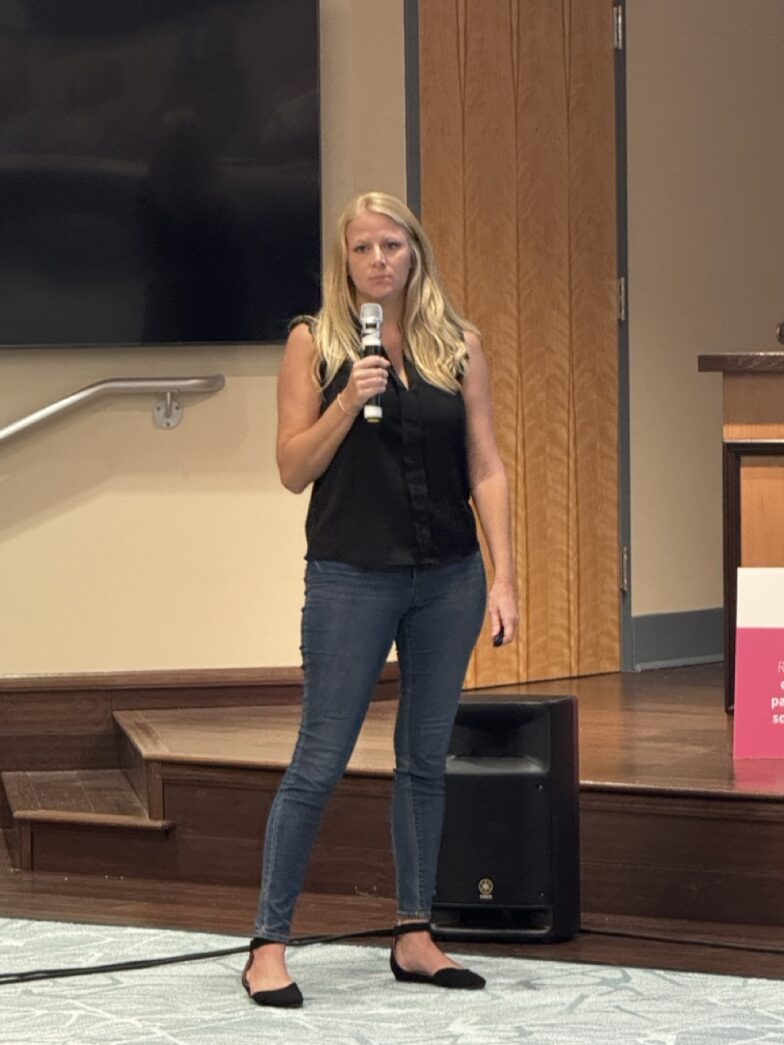
“There’s not much there, and the only time we really see any density of life is if there’s a derelict trap,” Koch said, reiterating her end goal of providing a network of structures in both the Atlantic and Gulf of Mexico. “The purpose of the network is to provide complex, diverse quality habitat for a number of species, as well as potentially waypoints for fish migrating from near to offshore.”
Koch’s presentation came the day before an expected vote by the Monroe County BOCC to approve a $440,000 contract with Biscayne Towing & Salvage Inc. to deploy the power poles. Koch said she received her first federal permits for 10 Mile Reef in recent weeks and hopes to complete the first deployment before the end of 2024.
The new program is funded by a $15 million state grant that runs through 2029. But comprehensive, long-term monitoring of the outcomes of all new structures, Koch said, could be possible through an FWC partnership funded by a NOAA RESTORE grant, used to support regional necessities for research, observation and monitoring in the Gulf of Mexico. Funding for the grant will be announced in June 2025, she said.
The locations of the 10 Mile Reef sites are expected to be publicly released, Koch said, in an effort to help alleviate fishing and diving pressures on other stressed sites, further dispersing traffic among the numerous new artificial reefs. Her plan is eventually to add additional unpublished sites to serve as nursery grounds for species’ early life stages, she told the council.
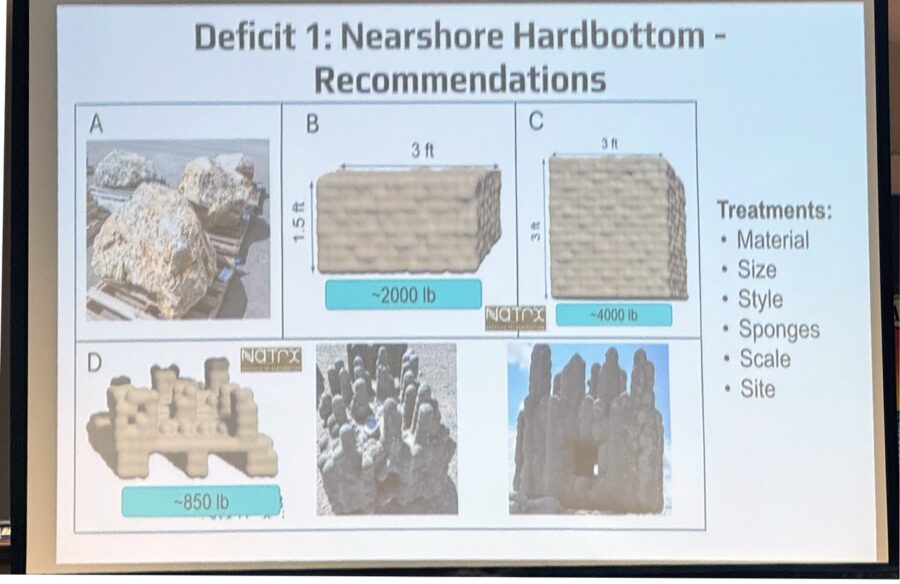
A second set of projects, referred to as the Deep Beyond Reefs, will eventually deploy structures outside the FKNMS boundary in roughly 300 feet of water at sites off Marathon, Islamorada and Key West, though these projects are in the early stages of site selection.
“These sites would provide fish habitat, possibly spawning aggregations because they are deep, and this is where we could really take advantage of creating high vertical relief habitat to support that type of fish behavior,” Koch said.
A third vein of projects, including habitat support structures deployed to nearshore waters, would be the only project group to be placed within the boundaries of the FKNMS. The pilot program will identify areas lacking in specific quality habitats, as well as structures that could fill the gaps in the ecosystem. A prime example, Koch said, is the flattening of offshore coral reefs, where branching species such as elkhorn and staghorn coral previously provided dimensionality and space for organisms living between their branches.
“The base of that habitat is still there, but the quality of it has been compromised,” she said. “The next step is to design, deploy and test habitat support structures that functionally mimic or enhance the physical and biological components that historically provided structural complexity and habitat variety.”
Within each of five identified “habitat deficit areas,” a working group will experiment with different material types – ranging from limestone boulders to hand-made concrete forms and blocks – structures, sizes, styles and scales. Some projects would include a biological restoration component such as corals or sponges, she said.
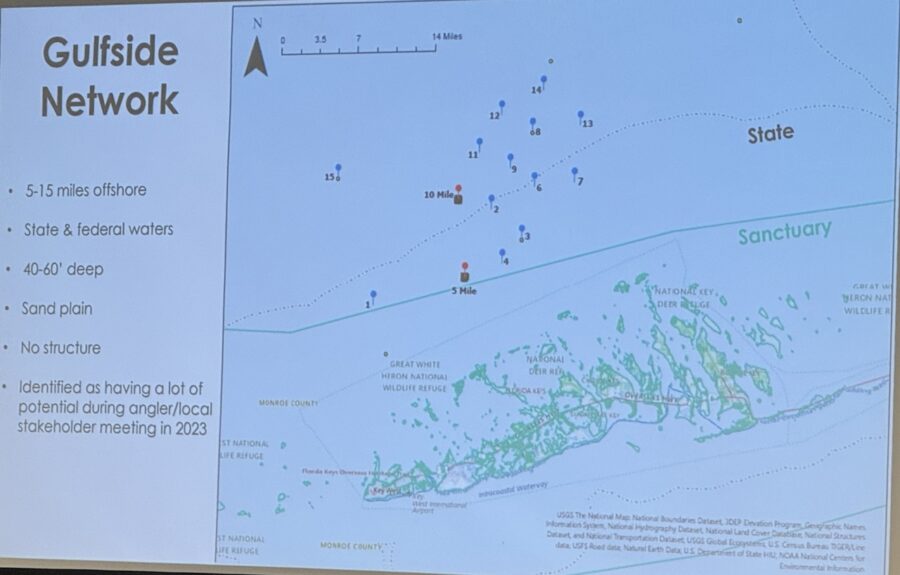
Questioned on whether the new gulfside sites could function as dive attractions to reduce interactions between novice divers and heavily-trafficked natural reefs, Koch also spoke of the potential for installation of additional dive training reefs, though she admitted the idea was still in very early stages.
“This is actually (FKNMS Superintendent) Sarah (Fangman)’s idea, and I’ve been thinking through how to make this work,” Koch said, adding that the training reefs could potentially pursue capital funding grants offered through the Tourist Development Council. “We could use some more innovative technology, like 3D concrete printing, to create more designs that are still ecologically relevant, but maybe a little more artistic. I’m not necessarily a fan of putting down statues or something that isn’t going to be quality marine habitat for organisms.
“I want it to be functional, but I also want it to be interesting and something they won’t see on natural reefs, so it would actually inspire (divers) to go to these sites where they would see something new. You could use that for education and awareness.”




